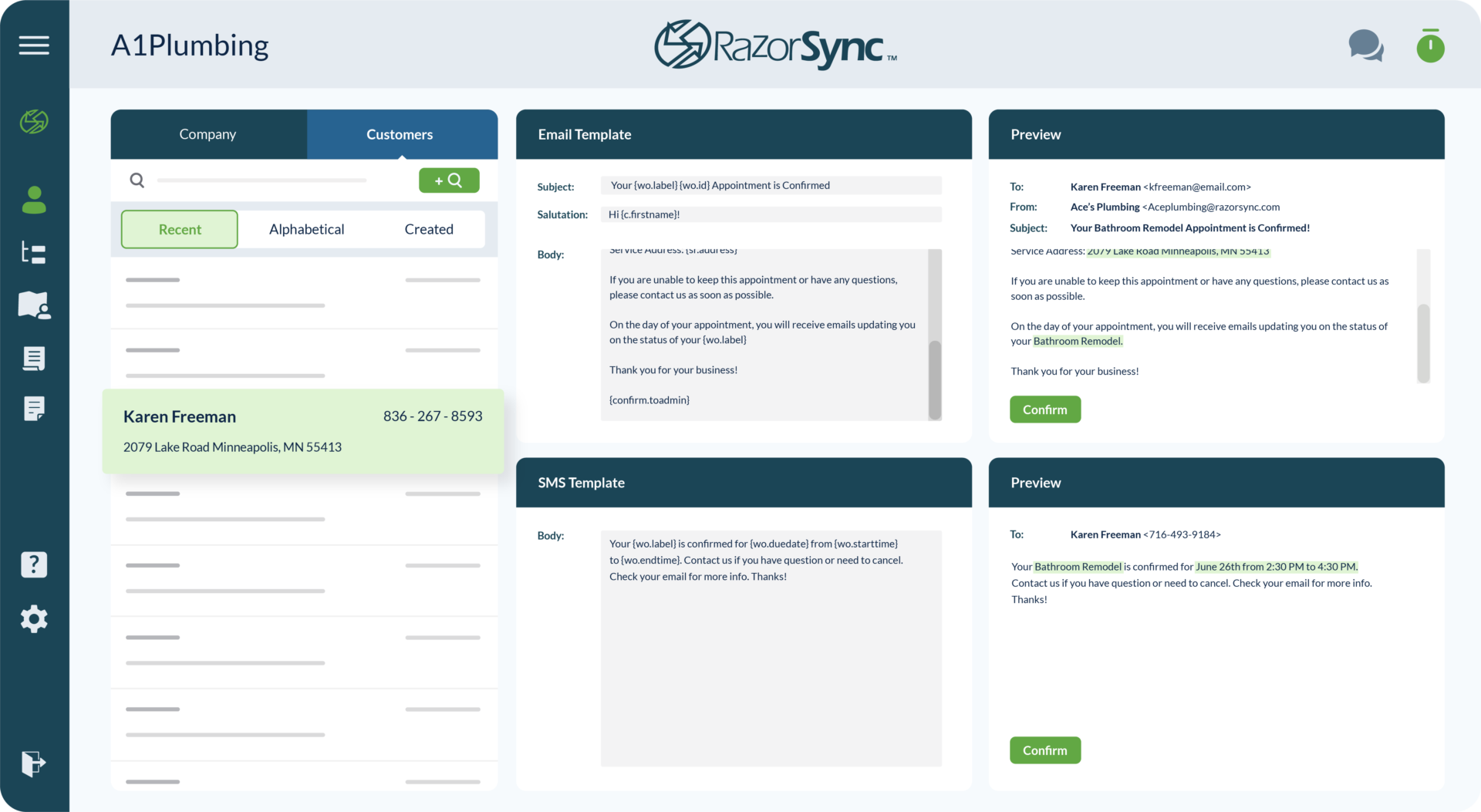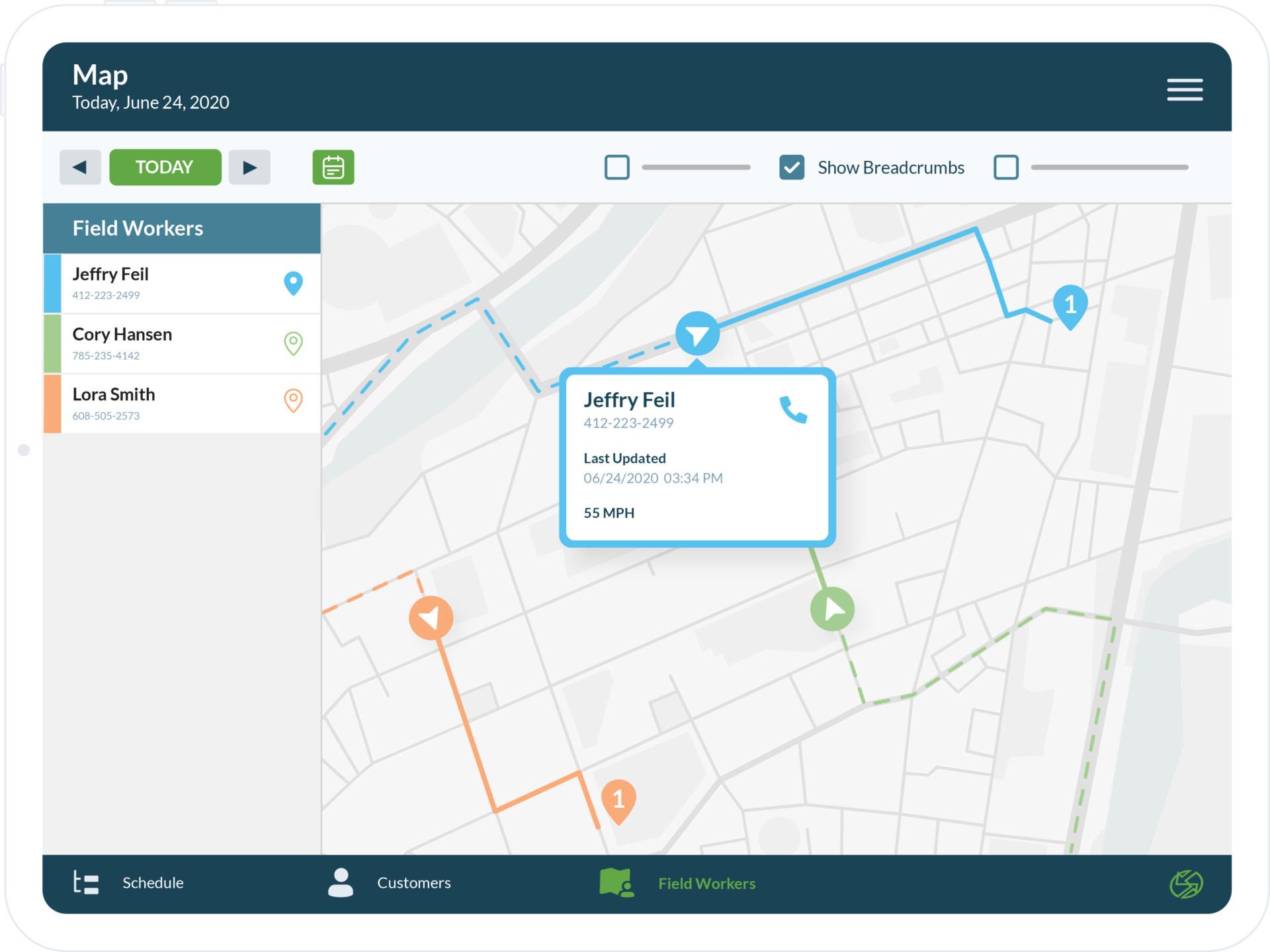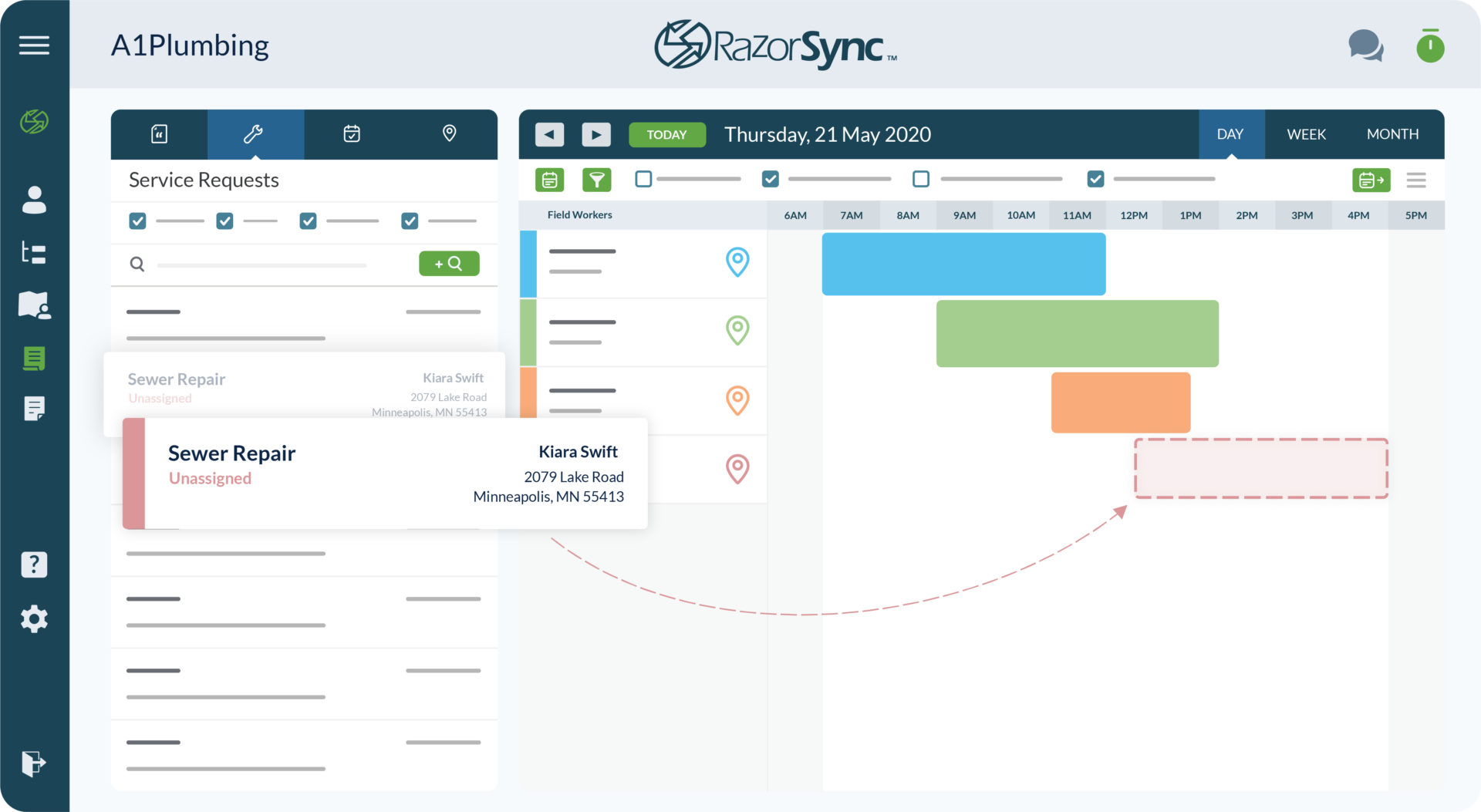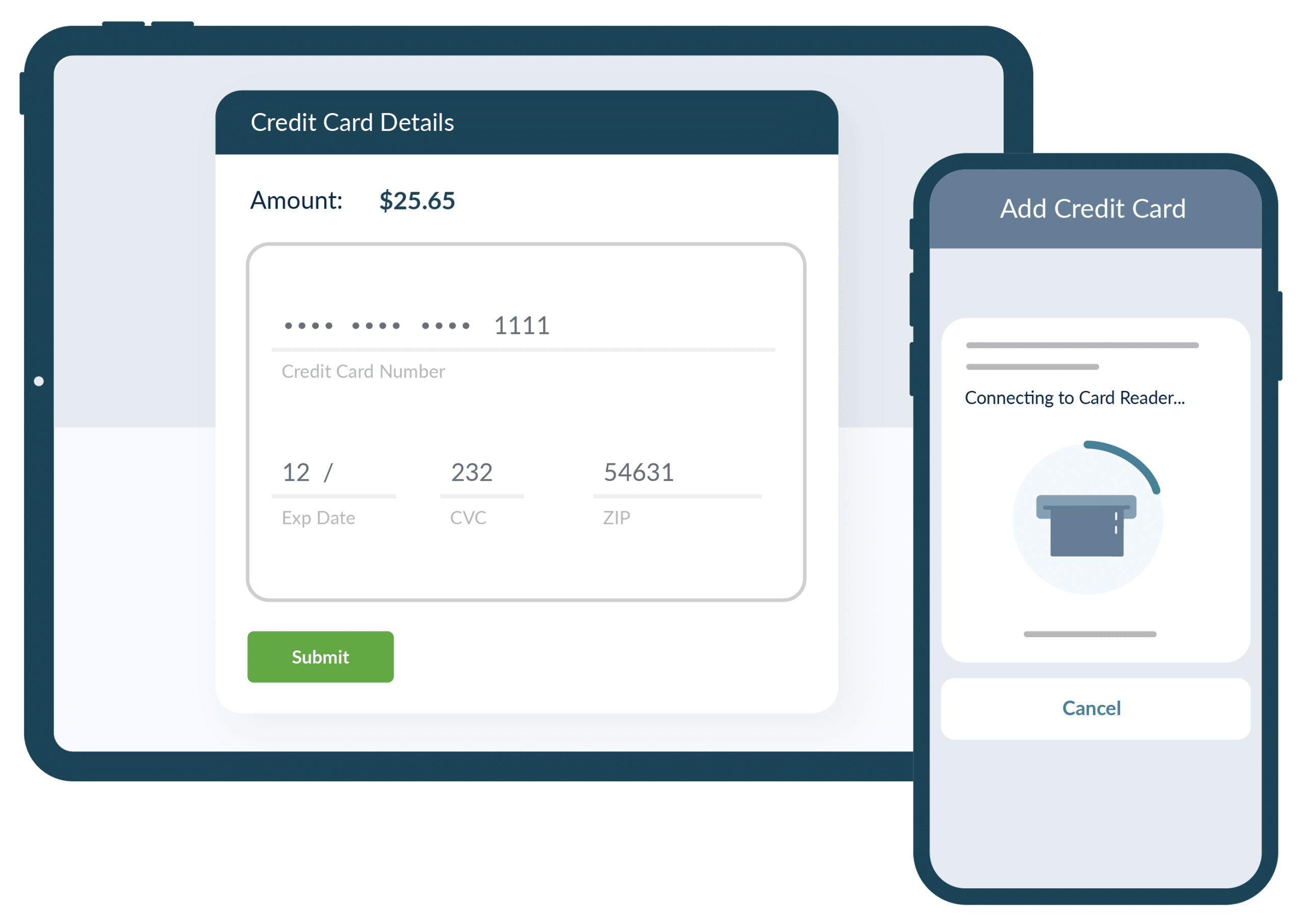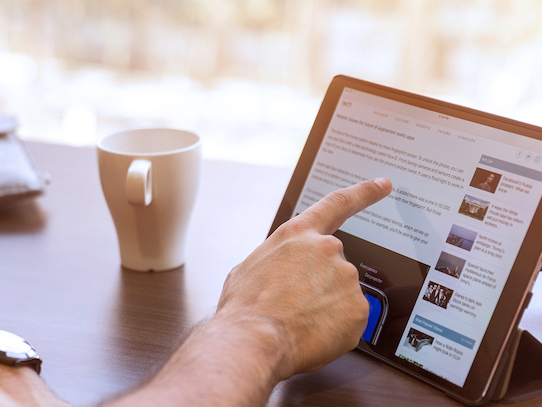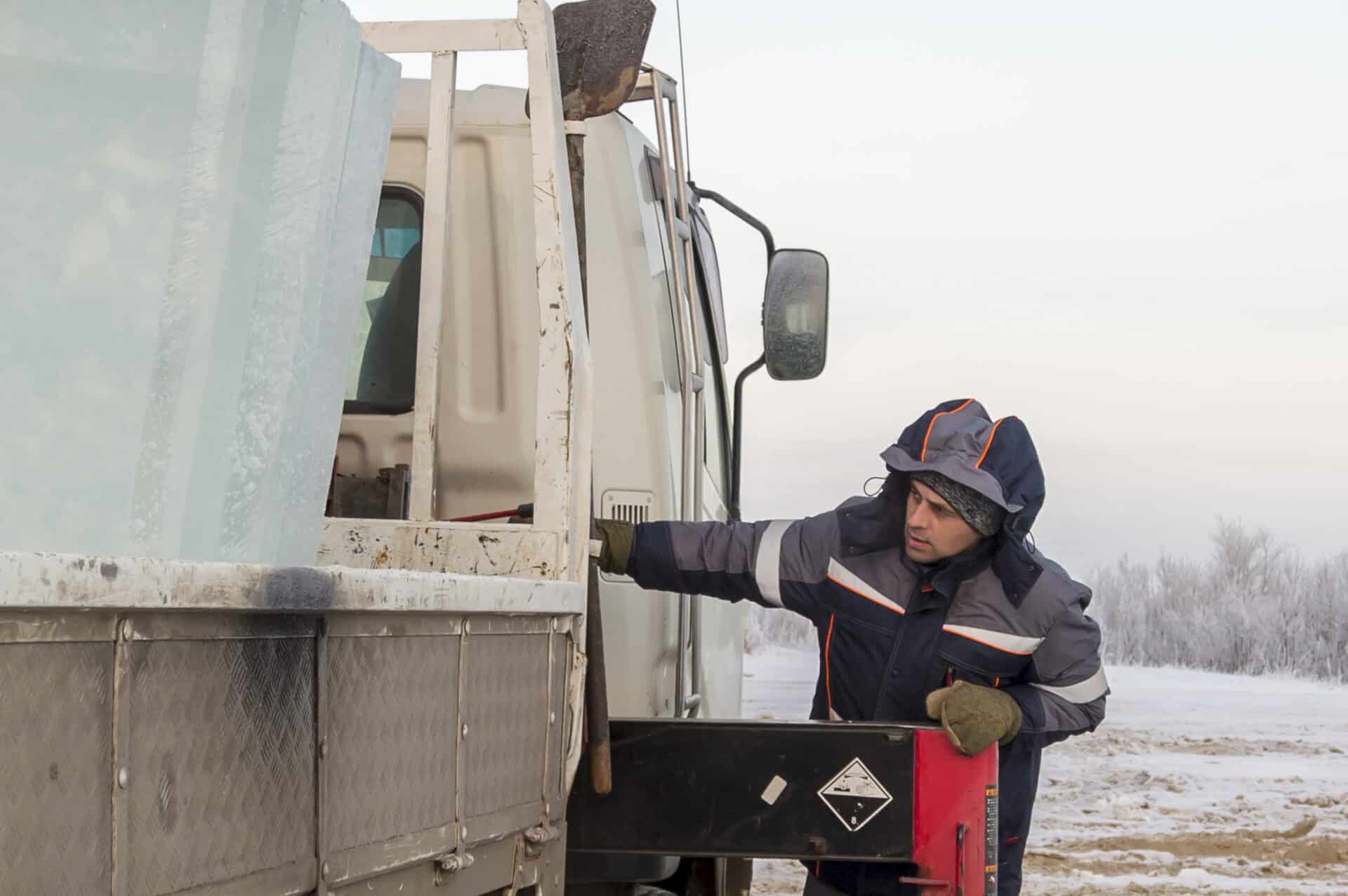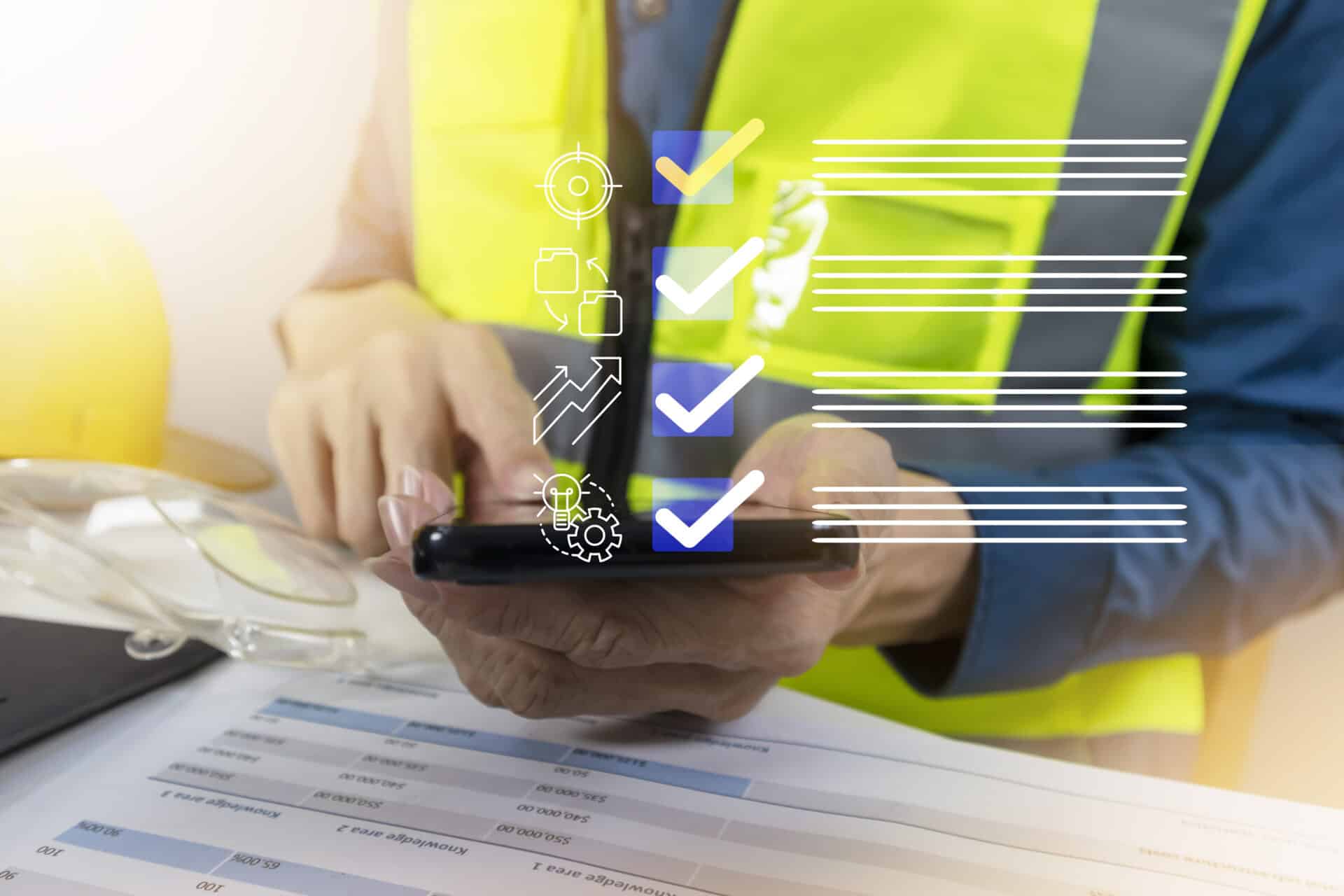Modern Exterminating Practices: The Health and Safety Do’s and Don’ts
The most crucial aspect of modern exterminating practices is safety. For the well-being of pest control specialists and your customers, health and safety must come...
Mar 08, 2022
# of Minutes to Read
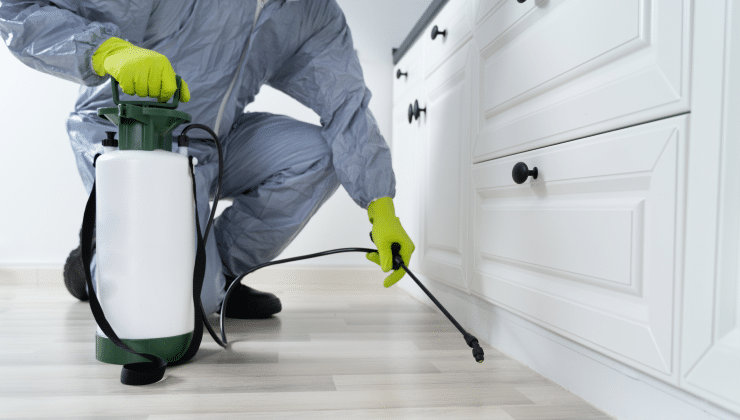
The most crucial aspect of modern exterminating practices is safety. For the well-being of pest control specialists and your customers, health and safety must come first. Below, we’ve compiled a list of tips so pest control companies can ensure technicians are properly trained and equipped to provide safe and effective service.
Modern exterminating do’s and don’ts
Do…
Support technicians with ongoing education.
Your employees must be knowledgeable about various forms of pesticides and how to administer treatment safely. Rather than assuming your team knows everything, err on the side of over-informing them. Ensure technicians are thoroughly trained and up to date on any new information by implementing regular training sessions and continuing education.
Provide protective equipment and mandate its use.
Ensure your team’s safety by providing them with protective gear that will enable them to perform their tasks safely. The type of protective equipment needed in a job depends on the pesticides and equipment used. However, the three essential pieces of protective gear universally required for modern exterminating practices include:
- Sealed eyewear – Shielding workers’ eyes with sealed eyewear protects against any risk of chemical exposure that could impact their vision.
- Dust masks – With many pesticides containing harmful chemicals, dust masks are essential to prevent ingesting them.
- Chemical resistant gloves – These pesticide proof gloves will keep workers safe when handling anything from bait to gasses.
Know the signs of pesticide-induced illness.
Modern exterminating products are safe to use, but they eradicate unwanted pests, so chemicals are involved—even if the treatments are organically sourced. Knowing the signs of chemical sensitivity allows workers to avoid serious long-term health issues. Inform your team about the symptoms of chemical sensitivity, including:
- Throat irritation
- Skin rashes
- Watery eyes
- Dizziness
- Difficulty breathing
It is recommended that a person leave the premises if they are experiencing these symptoms and are still on-site where pest control treatment was performed. If symptoms persist or worsen after leaving the job site, advise technicians to call their doctor or contact Poison Control.
Don’t…
Mix pest control products.
Less is more! Mixing pest control products is dangerous and lethal, so don’t take any chances. Instead, you’ll achieve better results for your customers and protect workers’ health and safety if you educate your employees on when to use what pesticides and how powerful modern exterminating methods are.
Leave pest control products around.
When a pest control job is done, don’t leave without cleaning up the site! Professionals should always place and discard rodent control products themselves because they are poisonous and contain hazardous chemicals. Don’t leave your customers, pets, or other workers in a dangerous situation; cautiously and safely remove any leftover products used in the extermination to prevent leftover chemicals from harming anyone.
Forget to inform customers about safety precautions for people and pets.
Never forget about the safety of your customers and their families. Technicians and homeowners alike must understand the treatments used in modern exterminating practices.
For people…
- Let customers know about the treatments you’ll be applying that day and provide instructions for any safety measures they should take. For example, you might advise a customer to stay out of the treated space for four hours, then to allow an extra thirty minutes to ventilate the area before spending time there.
- Be sure to provide customers with specific information about natural/organic chemicals if they request it for their home. Make sure they know that organic does not mean nontoxic!
For pets…
Pets are a part of the family, so they’re your customer too. Always ask customers ahead of time if pets will be present and ensure technicians arrive with the right pet-safe chemicals on hand.
- For some visits, pets won’t require special accommodations. In these cases, advise customers to wait 4 hours after service to let pets roam free.
- When the chemicals involved might be harmful to pets, advise customers to take pets to a friend or family member’s house before the service visit. If this isn’t possible, pets might stay in the garage or backyard if weather permits.
- Provide a list of instructions/precautions for pet owners at the end of EVERY VISIT. In addition, include info about signs that a pet has ingested poison.
Modern exterminating businesses can thrive when their team of experts is healthy and protected. And, when you take customer safety seriously, you’ll build customer loyalty, and your reputation will soar. It’s a win-win!
